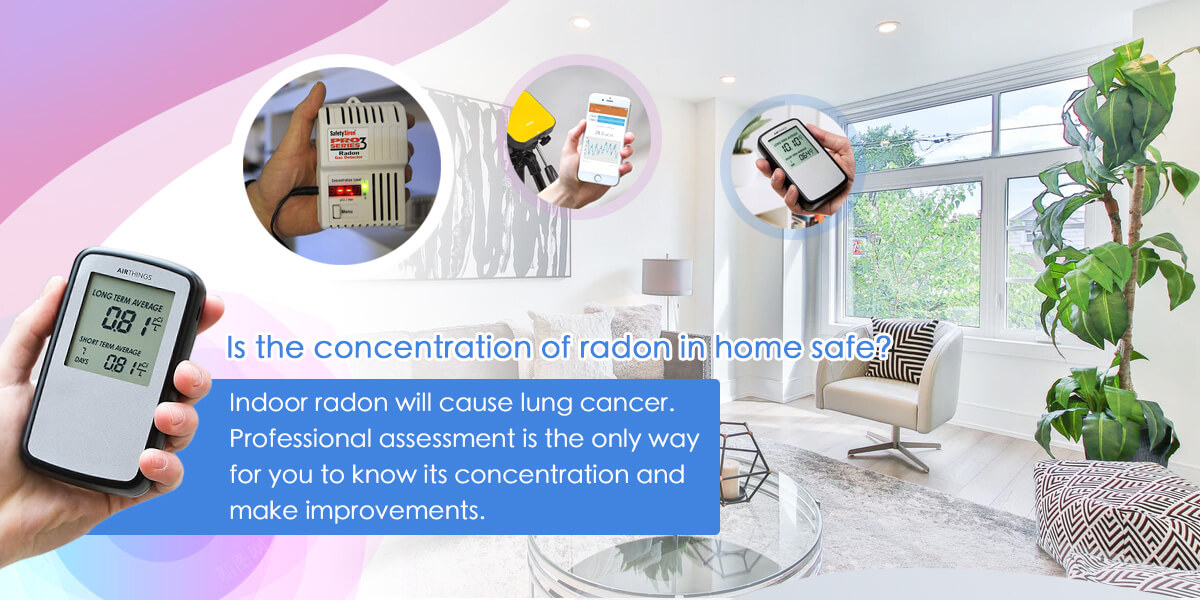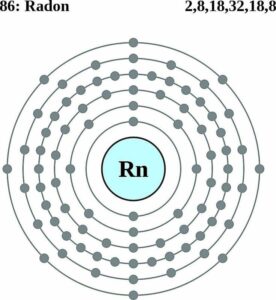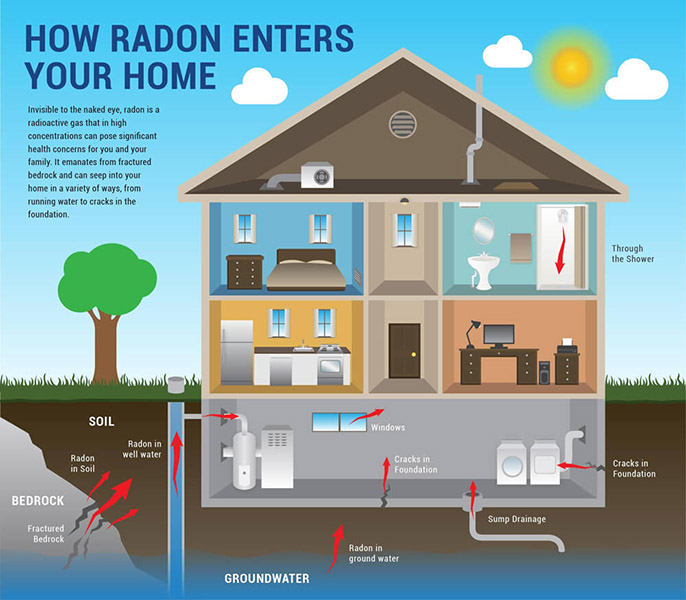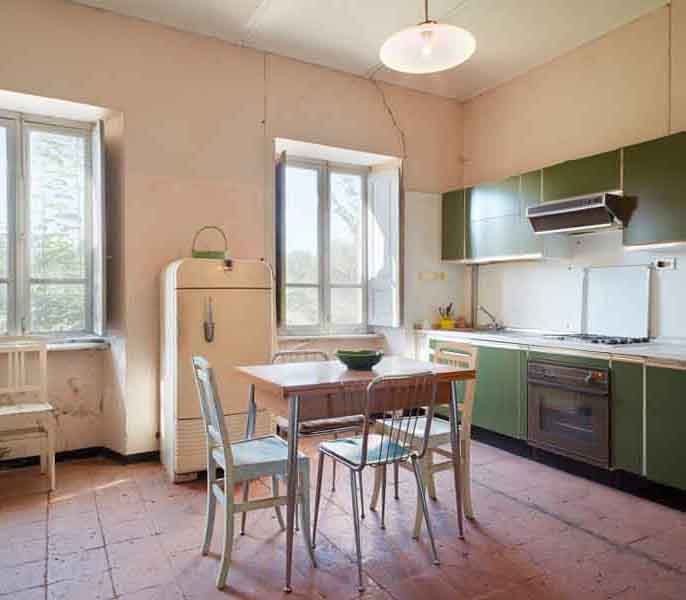
Do you know you and your family members may be unwittingly breathing in radon which will cause lung cancer?
Radon is colorless, tasteless and odorless. It has been announced by the World Health Organization to be one of the 19 major environmental carcinogens. It is also the second biggest factor triggering lung cancer besides smoking. Among the worldwide lung cancer cases every year, 6% to 15% of them are caused by radon.
Hong Kong Environmental Protection Department did an indoor radon research in 1992/93. The result showed that among the 619 premises under research, 10% of them exceeded the recommended level for radon concentration.
According to the estimation by the U.S. Environmental Protection Agency, about 20,000 people die of excessive radon inhalation without knowing every year. This figure is more than the number of death caused by drunk driving.
Owing to the danger of radon, EPA has set January to be the National Radon Action Month.
According to the Canadian Lung Association, 20,500 people died of lung cancer in 2009. It was estimated about 10% of the cases were relevant to long-term radon exposure at home. The National Indoor Environment Supervision and Inspection Center has also stated radon has been the cause for more than 50,000 lung cancer cases in China every year.
For the health of you and your family, Homeasy provides professional “Radon Concentration Measurement” service and related Improvement Projects to help you solve the fatal radon problem.
Introduction of Radon
- What is Radon?

Radon is a radioactive, colorless, odorless and tasteless inert gas which is recognized to be carcinogenic.
It is a radioactive by-product from the radioactive decay of Uranium. It exists in most of the geological structures. It is one of the 92 self-generated elements and is not a pollutant produced by humans.
People have become aware of the harm of radon on human health since 1980s. When radon decays, it will release high-energy alpha particles which will seriously damage our lungs and cause lung cancer.
According to the estimation of the U.S. Environmental Protection Agency, about 20,000 people die of excessive radon inhalation every year. This is more than the number of death caused by drunk driving*.
The total number of death in accidents every year in the United States
As radon is colorless and tasteless, only special instruments or equipment can measure its concentration. The unit of measurement of radon is pCi/l (picocuries per litre of air).
The average outdoor radon concentration in the United States is 0.4 pCi/L. The United States National Academy of Sciences has estimated that each year among the approximate 20,000 lung cancer cases which are caused by radon, 800 of them are due to inhalation of radon in outdoor areas. The higher the concentration of radon in the environment, the higher the chance of suffering from lung cancer. When the radon concentration is increased by 2.7 pCi/L, the chance of suffering from lung cancer will be increased by 16%.
If the ventilation of indoor environment is poor, radon will accumulate so the concentration must be higher than that in outdoor environment. Currently there is no “safety level” for radon in any country as the safest situation is no radon. However, this is impossible as radon will appear naturally. Therefore, most of the health organizations, including the U.S. Environmental Protection Agency, set 4 pCi/l as the “acceptable level” for radon. If the indoor radon concentration is higher than 4 pCi/l, then improvement projects are needed to protect health.
*Radon is one of the common indoor air pollutants listed by the Indoor Air Quality Information Centre. We also provide comprehensive IAQ test. Welcome to contact us for more details.
- Harmful effects to human health
Lung cancer:
After entering the lung, radon will accumulate and continue to give out radiation, which will induce lung cancer. Radon is the second biggest factor triggering lung cancer besides smoking (If smokers and non-smokers inhale radon with the same high concentration, the chance of smokers suffering from lung cancer will be 3 times higher than that of non-smokers).
Leukemia:Infertility, Embryo deformity, Genetic abnormality inheritance

Scientific research has shown as children have higher breathing rate and faster cell division rate, radon is more harmful to children.
According to the U.S. Environmental Protection Agency, concentrated radon will cause adverse effects to body blood cells. The death rate of poisoning caused by radon is 100 times higher than that caused by carbon monoxide.
According to research by foreign countries, for home with poor ventilation, if it is built by stone materials which contains radon, then the amount of radiation inside the home will even be 2 times higher than the statutory safety dose for operators of nuclear power plants.
- How does radon enter the room ?
Construction materials such as granite, brick sand, cement and gypsum are the main source of indoor radon. Natural stone materials containing radioactive elements will emit radon more easily.
Radon can get into the basement, ground floor or flats on higher level of a building through the cracks and gaps on the wall, floor or on the ground.
The main sources of indoor radon will be different for different types of buildings.

Low-rise structures with less than 3 storeys (e.g. Houses, Villa)
Main Source of Indoor Radon:
Rock (soil) under the base

High-rise structures with more than 3 storeys
Main Source of Indoor Radon:
Indoor construction materials, especially granite or ceramic tiles
- Assessment & Improvement
Assessment is the only way for you to know the radon level at home.
As human body will not develop immediate symptoms against radon and health problems will only appear gradually after a few years, US Environmental Protection Agency, American Lung Association and American Medical Association, etc recommend citizens to measure the radon level at home.
As the main sources of indoor radon can be different, we need different solutions to reduce the indoor radon concentration.
- Source: Rock (soil) under the base
Solution: Install ventilation system specially designed for radon to the buildings
The ventilation system specially designed for radon is composed of fans and pipelines. It can absorb radon in the soil and then release it at the level higher than the building in order to let outdoor air dilute the radon. This can prevent radon from entering and accumulate at home.
This method is particularly suitable for low-rise structures with less than 3 storeys. - Source: Indoor construction materials (e.g. granite or ceramic tiles)
Solution: Paint the floor, wall and ceiling with anti-radon latex paint
After using the anti-radon latex paint, the surface of the floor, wall and ceiling will form a layer of protective coating, which provides effective sealing to prevent radon from entering into the home through cracks and gaps.
As this method mainly targets at radon produced by indoor construction materials, it is suitable for any types of buildings.
- Service Detail & Service Fee
| Service | Description | Fee Schedule |
| 1. Radon Concentration Assessment | Professional technicians will place the measuring instruments at a few suitable points in the flat. Then they will return to check the concentration level the next day and provide a report. (Need 2 days*) If the radon concentration exceeds the standard level of 4 pCi/l, the report will contain advice for suitable improvement projects. | $800** (Individual quotation for flats with 1,500 sq. ft or above) |
| 2. Radon Improvement Projects | Ventilation System Specially Designed for Radon or / and Anti-radon Latex Paint | Individual Quotation |
| * 2-days measurement is set according to the U.S standards, which differs from the 8-hrs set by the Indoor Air Quality Information Centre in Hong Kong. The average value of the data collected in 2 days will be more accurate to be the final indoor radon concentration level. ** After measurement, if client joins the corresponding “Radon Improvement Projects” and the projects fee is more than $5000, this assessment fee will be exempted. | ||
- Reference
Relevant Video
Relevant Article
- 1. 吸入氡氣太多易罹患肺癌 住家建材水管應嚴選密檢 (Headline Daily 2010-01-08, Chinese)
- 2. 聯合國:室內放射氣體致癌 (BBC, 2009-07-25, Chinese)
- 3. 多個衛生組織警告 應探測住宅致癌氡氣 (Singtao, 2010-11-11, Chinese)
- 4. 美環保署:氡氣今年將使兩萬美國人致命 (Sina, 2008-01-10, Chinese)
- 5. 日人愛氡氣浴 科學家警告會致癌 (Taiwan Liberty Times, 2004-11-09, Chinese)




